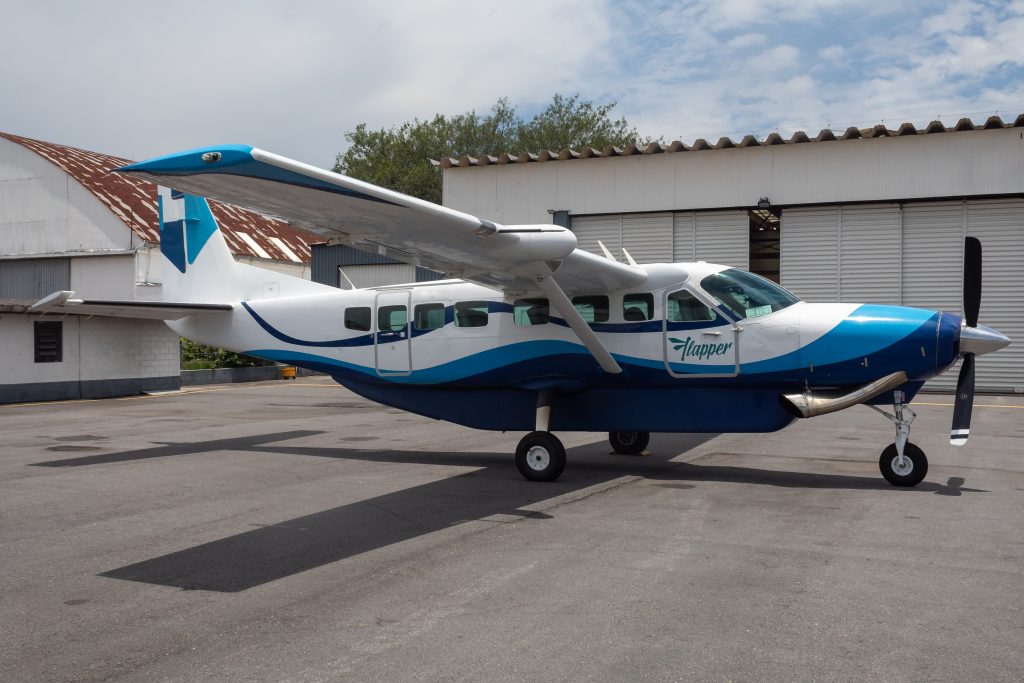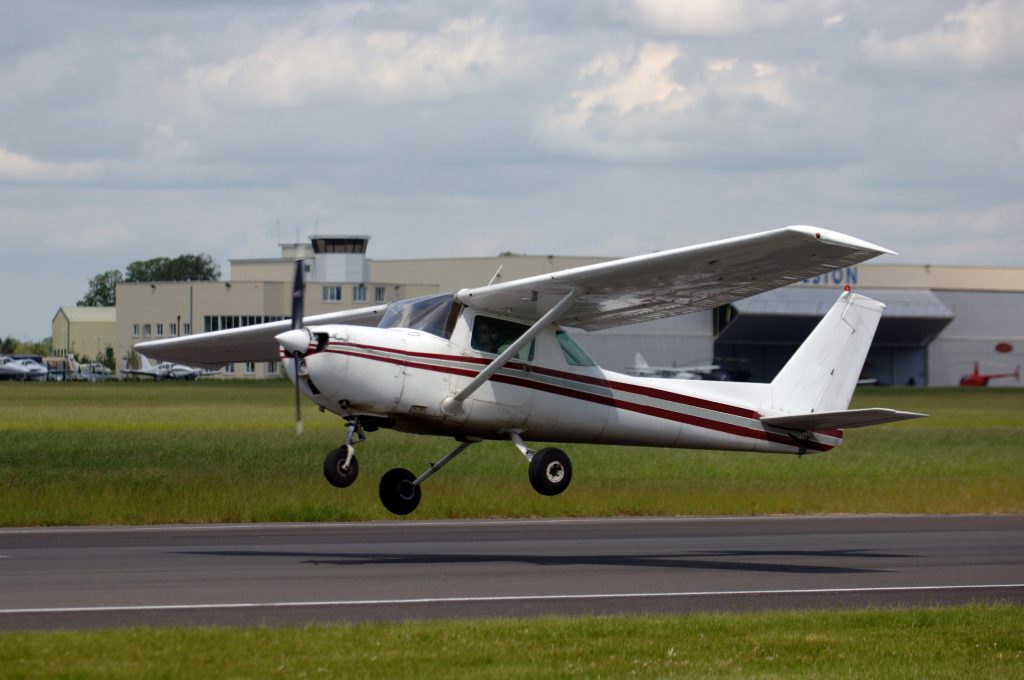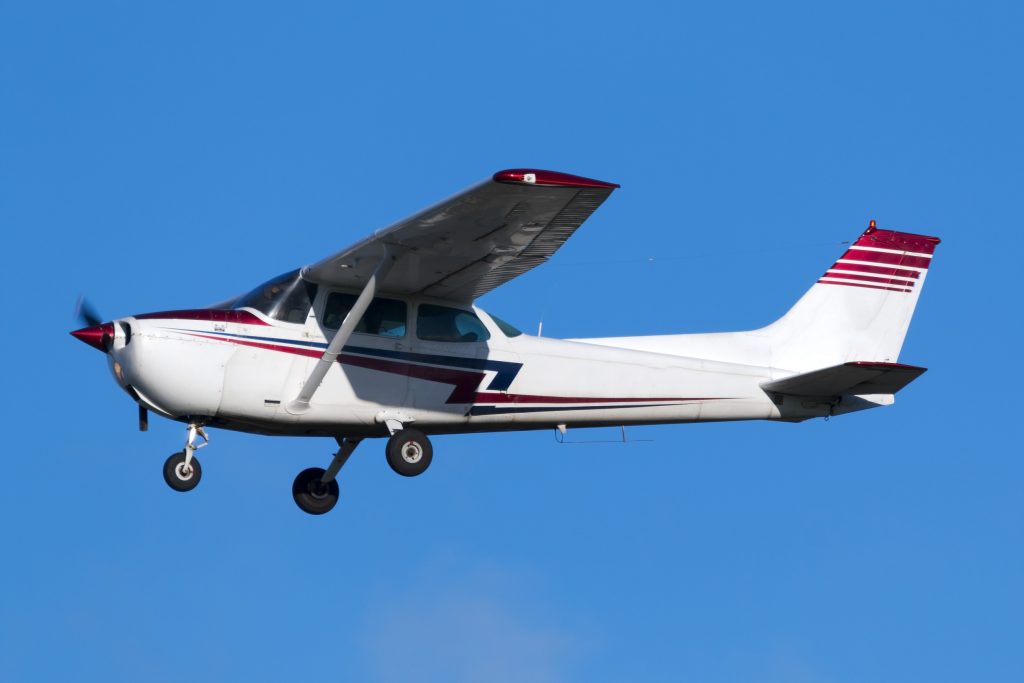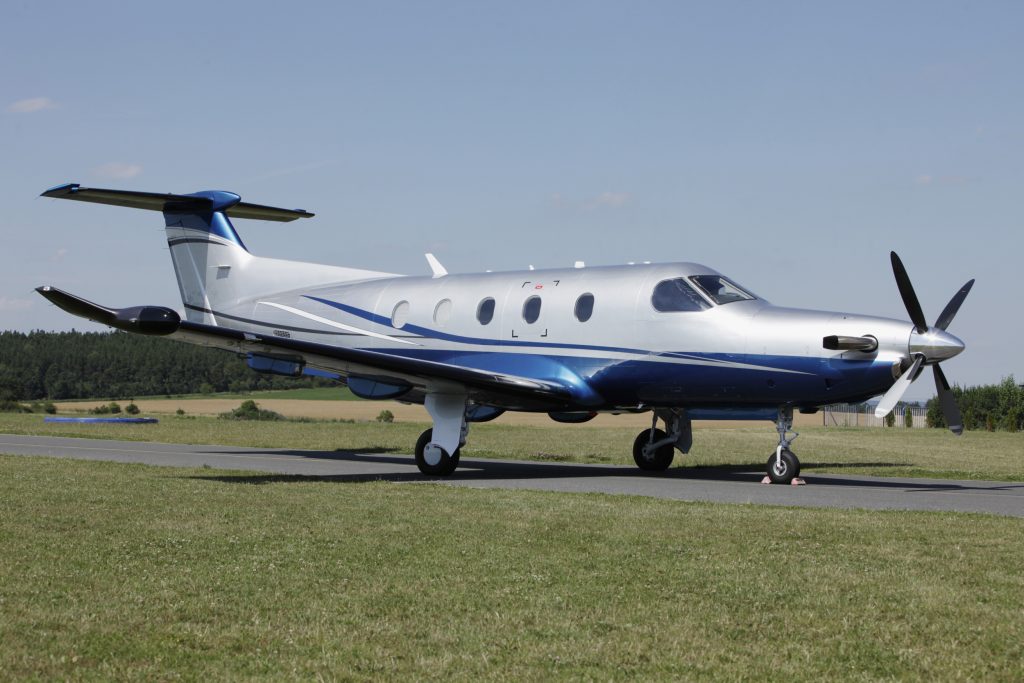Switch to:
 EN
EN  Português (PT)
Português (PT)  Español (ES)
Español (ES)
Before we answer the title question, we need to remember a very important “mantra”: turbulence does not bring down a plane. Although the variation of wind direction and speed — both during take-off and landing operations and in cruise flight — can cause discomfort to passengers, such sensations are completely normal and even taken into account by the aircraft manufacturers during the conception stage of their projects while on the drawing board – long before aircraft are introduced into service for airlines, air taxis, or private operators.
In order to understand that the security provided by smaller aircraft is exactly the same as that offered by large aircraft, we will also have to understand how pilot training works. The technical crew members responsible for guiding you and your family safely, through empty-legs offered by Flapper or even on flights hired exclusively by you, begin their training in light single-engine aircraft, most of them with capacity for only two pilots — a student and an instructor. These aircraft, although considered dangerous by those who see them flying or parked at airports, characterize the foundation of a pilot’s training.
Instructional aircraft, such as the Cessna 152 or the Cessna 172, have become true references of practicality, reliability, and safety in aviation schools around the world: in Brazil or in several countries on the Asian continent, including in remote locations, these true flying “war tanks” help train highly skilled professionals. The Cessna 172 alone had over 43,000 units produced throughout its history, continuing in production to this day and referencing the single engine as an unequivocal success of longevity and robustness.
Through their training, pilots become accustomed to adverse scenarios during their flights – including turbulence. Because of this, and having received training that reflects flight safety, the technical crew will hardly put the aircraft, its passengers, and their own lives at risk. Remembering this is important because even if your trip is uncomfortable due to weather conditions, there is collaborative work occurring inside the cockpit to make the trip as pleasant as possible. In addition, there is a constant effort by the pilots to make any discomfort as small as possible. After a thorough meteorological analysis carried out before take-off, the route of each flight is chosen to offer the best combination of efficiency, speed, comfort, and safety. Everything is envisioned to faithfully comply with all the aircraft’s flight limitations.
Smaller Aircraft
Smaller aircraft such as the Pilatus PC-12 or even light business jets are extremely versatile. Because they are lighter and have smaller wing and fuselage dimensions, they are able to reach locations and operate in airports where large commercial jets do not operate. This versatility entails some penalties that do not affect flight safety, but end up making this equipment more susceptible to turbulence in some phases of the flight.
The fact that smaller aircraft are more susceptible to turbulence is purely physical. A great comparison is with boats and/or maritime vessels: a small canoe, if placed in the open sea next to a gigantic transatlantic ship, will face a much greater impact from winds and waves in relation to its larger “brother”. Aircraft also, like marine vessels, move in a fluid — in this case, air and water, respectively. And since air is a fluid, there is a constant and incessant movement – with the most varied performance and aerodynamic changes in the aircraft, from changes in wind direction and speed to areas of high or low pressure or thermal differences, among others. All these phenomena are due to the constant equalization of the atmosphere, generating all the movement of the air.
When flying out of the São Paulo Campo de Marte Airport aboard a Cessna Grand Caravan, you will notice most of these effects during the trip. Shortly after leaving São Paulo, due to the need to fly at lower altitudes, it is natural that the first phase of the flight will be more turbulent. When flying over a densely populated city with a lot of asphalt and concrete, responsible for absorbing and retaining heat, the effects reflected in the atmosphere are quickly felt in the aircraft. This phenomenon is known as mechanical turbulence.

Once the altitude restrictions are met after takeoff, and during the climbing phase to cruising altitude, the turbulence caused by the overflight of the city may be replaced by turbulence caused by the clouds, which will need to be overcome and “pierced” until reaching the final flight altitude. If there are no heavy clouds in this phase of the flight, comfort tends to increase progressively. This is convective turbulence.
Orographic turbulence, for example, will be felt when flying over mountainous regions, and is caused by the oscillation of winds that, when blowing towards the mountains, cause a reaction in the atmosphere close to the region. Despite so many names and phenomena, it is important to remember: flight safety is not affected at any time!
Conclusion
Knowing all these details, your next trip will certainly be even smoother. Therefore, at the beginning of the year during the summer season or even in the resumption of professional activities, count on Flapper’s services to increase your productivity or to “lower the dust” after a 2021 full of activities and commitments. Through our website or our app for Android and iOS, you will have at your disposal a full range of services that will make your experiences even more exclusive and memorable!



